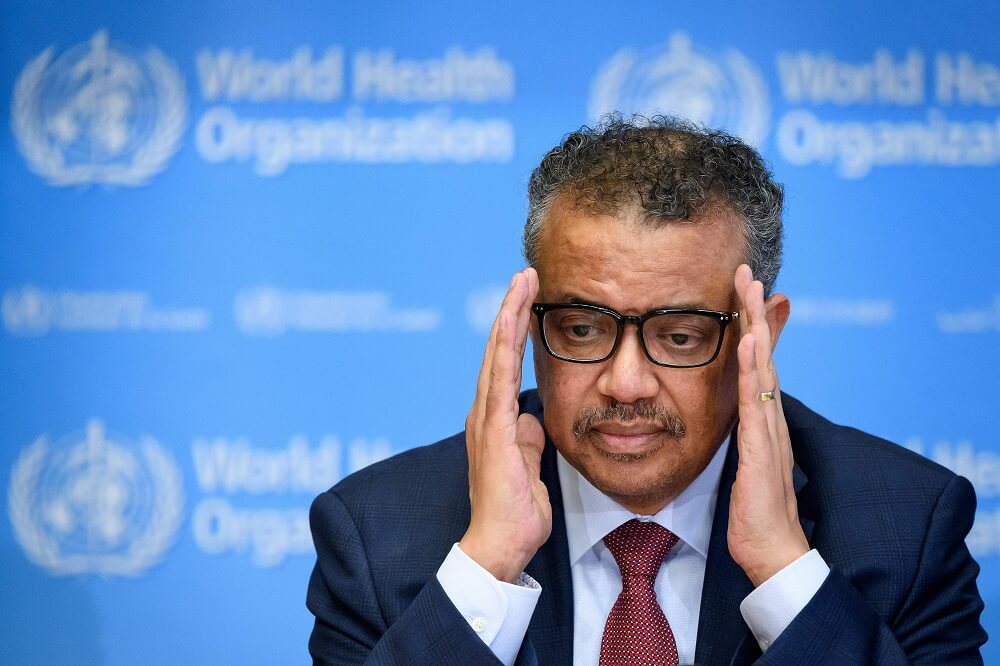Patient Safety Rights Take Centre Stage As WHO, Stakeholders Adopt New Charter Against Medical Harm
The World Health Organization and other global stakeholders have agreed on the first-ever Patient Safety Rights Charter to safeguard patients and their families from medical dangers ahead of this year’s World Patients Safety Day (WPSD) on September 17, 2023.
The global health agency also outlined the core rights of all patients in the context of healthcare safety and seeks to assist governments and other stakeholders to ensure that the voices of patients are heard and their right to safe healthcare is protected.
Advertisement
Over 2300 Participants from six WHO regions attended the global conference on patient safety held physically and virtually between September 12 and 14 at the WHO Headquarters in Geneva.
Patient advocates and representatives of patients’ organisations, took active roles in the development of the Patient Safety Rights Charter.
Dr. Tedros Ghebreyesus, Director-General of WHO, stated that patient safety is a collective responsibility added that health systems must collaborate with patients, families, and communities to ensure that patients are informed advocates in their care and that everyone receives the safe, dignified, and compassionate care they deserve, because “if it’s not safe, it’s not care.”
According to him, patient safety is an ethical and moral imperative grounded in the healthcare principle – First, do no harm – which lies at the heart of efforts to ensure high-quality healthcare systems and achieve universal health coverage.
Advertisement
The DG said an estimated one in every 10 patients had experienced harm in healthcare facilities with an annual estimate of over three million deaths reported due to unsafe healthcare globally.
The statement noted that the majority of patient harm is avoidable, and patient, family, and caregiver engagement is one of the most significant techniques for minimising harm.
Furthermore, “This year’s World Patient Safety Day seeks to highlight the critical importance of listening to patients, families and caregivers, learning from their experiences, and involving them in every aspect of care, to avoid harm, lower the risk of errors and reduce the impact of harm when it does occur.”
It added that WPSD necessitates a paradigm shift from care developed for patients to care created with patients, their families, and carers in mind.
The WHO’s Patient Safety Envoy, Sir Liam Donaldson in his remarks said, “Our health systems are stronger, our work is empowered, and our care is safer when patients and families are alongside us.
Advertisement
“The journey to eliminate avoidable harm in healthcare has been a long one, and the stories of courage and compassion from patients and families who have suffered harm are pivotal to driving change and learning to be even safer.”
Donaldson emphasised that the global conference on patient engagement for patient safety was the major event to commemorate World Patient Safety Day, which will be marked on September 17 under the theme, ‘Engaging patients for patient safety.’
He noted that meaningful patient, family, and caregiver involvement in healthcare delivery, as well as their experiences and viewpoints, can help to improve healthcare safety and quality, saving lives, and lowering costs.
He also added that the WPSD aims to promote and accelerate better patient and family engagement in the design and delivery of safe health services.
Speaking, the Head of the WHO Patient Safety Flagship, Dr. Neelam Dhingra said Patient engagement and empowerment are at the core of the Global Patient Safety Action Plan 2021–2030.
“It is one of the most powerful tools to improve patient safety and the quality of care, but it remains an untapped resource in many countries, and the weakest link in the implementation of patient safety measures and strategies.
Advertisement
“With this WPSD and the focus on patient engagement, we want to change that,” Dhingra asserted.



